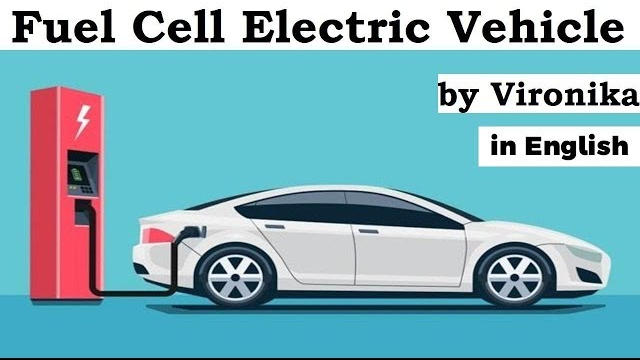Table of Contents
- The Supreme Court has asked the government to look into the feasibility of hydrogen-based tech to deal with vehicular air pollution in New Delhi. India is looking closely at Japan, which has made progress in this field.
Hydrogen fuel cell working


- The fuel cell combines hydrogen and oxygen to generate electric current, water being the only byproduct.
- Like conventional batteries under the bonnets of automobiles, hydrogen fuel cells too convert chemical energy into electrical energy.
- While the fuel cells generate electricity through an electrochemical process, unlike a battery-electricity vehicle, it does not store energy and, instead, relies on a constant supply of fuel and oxygen.
- It works in the same way that an internal combustion engine relies on a constant supply of petrol or diesel, and oxygen.
Classification
- Battery electric vehicle or BEVs
- Conventional hybrid electric vehicles or HEVs
- Plug-in hybrid vehicles or PHEVs
- Fuel cells have strong advantages over conventional combustion-based technologies currently used in many power plants and cars, given that they produce much smaller quantities of greenhouse gases and none of the air pollutants that cause health problems.
- Also, if pure hydrogen is used, fuel cells emit only heat and water as a byproduct. Such cells are also far more energy-efficient than traditional combustion technologies.
- While FCEVs do not generate gases that contribute to global warming, the process of making hydrogen needs energy — often from fossil fuel sources.
- That has raised questions over hydrogen’s green credentials.
- The Ministry of New and Renewable Energy has been supporting various such projects in academic institutions, research and development organisations and industry for development.
Latest Burning Issues | Free PDF






















 WhatsApp
WhatsApp